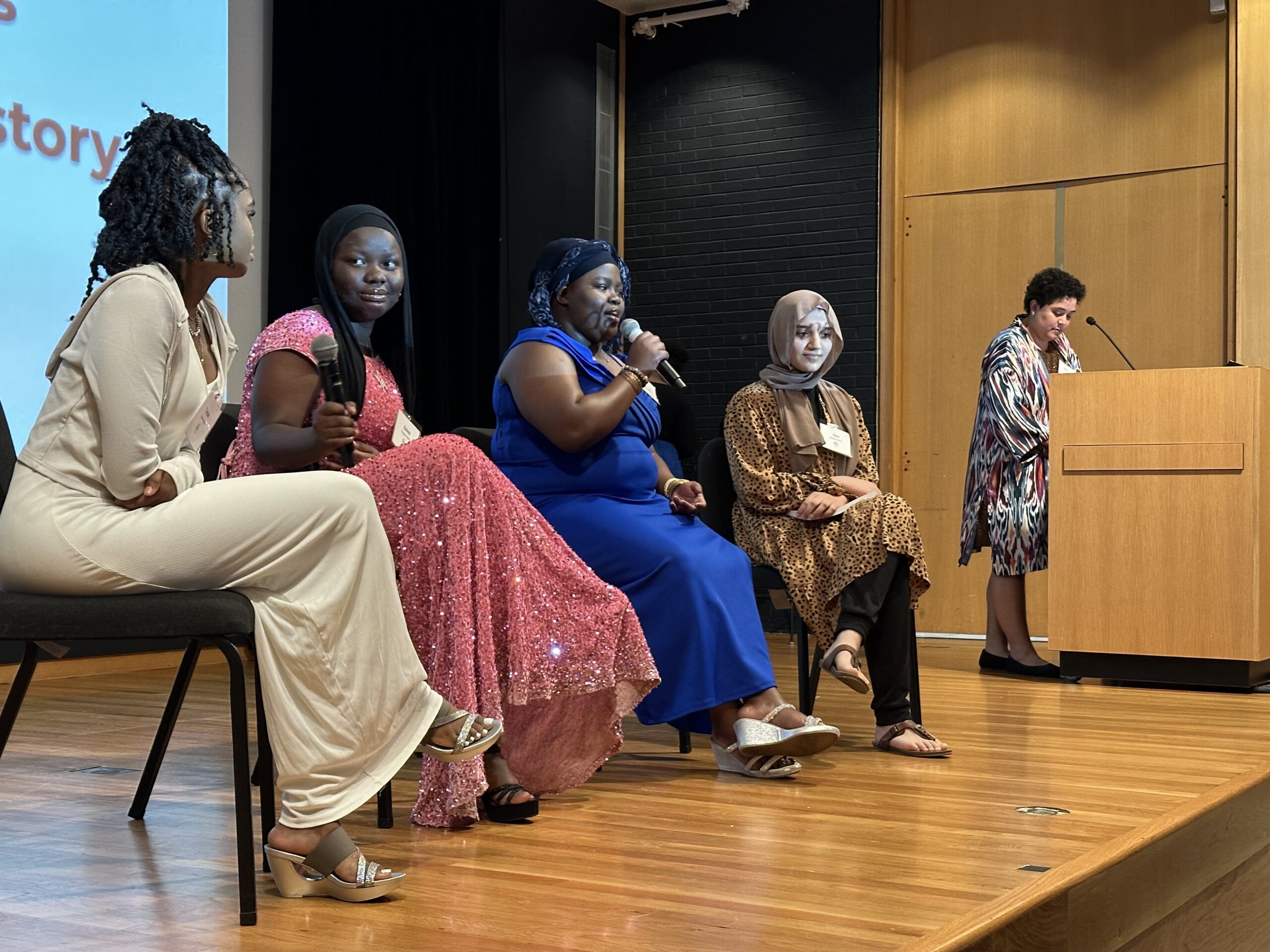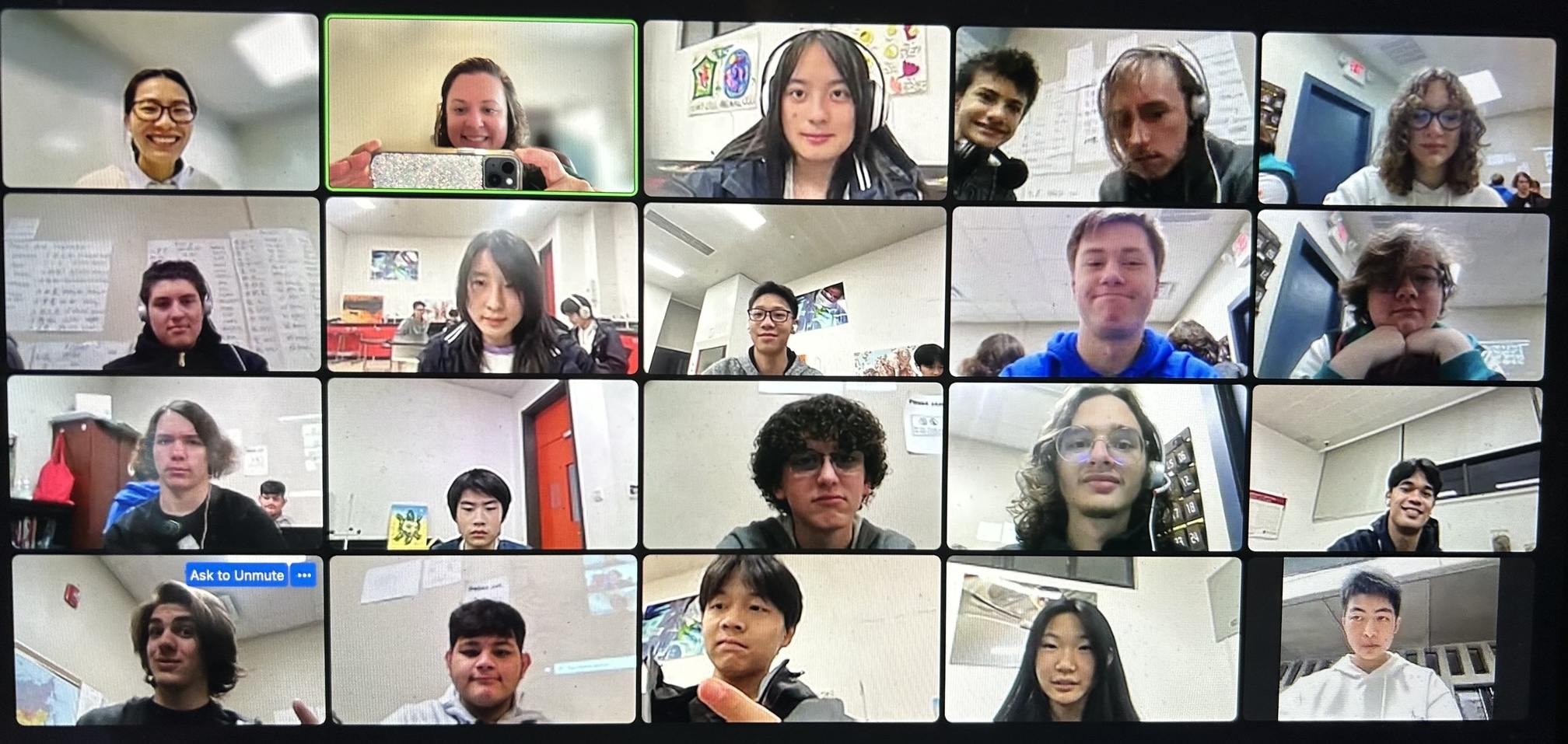Creating Sense of Awe Increases Student Interest in Science and Provides Comfort With Uncertainty

As educators dealt with the challenges of remote learning during the COVID-19 pandemic, 50 K-12 science educators across North Carolina participated in a daylong virtual workshop, hosted by a team of researchers from the NC State College of Education and the college’s Friday Institute for Educational Innovation, to see how they could use awe to increase their students’ interest and motivation to learn science during this challenging time.
These educators would soon learn that there was an additional way awe could help their students. During times of uncertainty, research shows that having a sense of awe can provide comfort. When people are used to having experiences with awe, those that evoke the feeling of reverential respect mixed with fear or wonder, they’re more OK with the unknown. By incorporating awe into their lessons, educators could also develop an increased sense of comfort with uncertainty for their students.
“In the pandemic we are in, students feel fearful and uncertain,” said Gail Jones, Ph.D., a professor of science education with the NC State College of Education and a faculty fellow with the Friday Institute. “If we can help people feel more at ease with uncertainty, they might be able to understand complex issues in science and be more open to modifying their worldview.”
Jones and her colleagues hosted the workshop and are conducting research on educators’ experiences with teaching awe in order to inform the design of future science instruction. The research team is composed of faculty from the NC State College of Education and the Friday Institute, including Sarah Carrier, Ph.D., an associate professor of elementary science education; Cesar Delgado, Ph.D., an associate professor of science education; and Jill Grifenhagen, Ph.D., an assistant professor of literacy education.
On May 6, the research team hosted the workshop, called “Bringing a Sense of Awe to Your Science Instruction,” to provide educators with the opportunity to rediscover their passion for science and think about new ways to excite their students about science through finding awe in art, technology and nature. The workshop was supported by a Catalyst Grant, a program of the Friday Institute in partnership with the NC State College of Education that seeks to increase research collaborations between faculty, scholars and staff within the college and the institute.
“I really appreciated the opportunity to navigate some of the challenges of inspiring awe in the classroom with my peers and receive resources to combat some of those challenges,” said Vena Holub, workshop participant and a middle grades science instructor at Lakeview Secondary School in Durham, North Carolina.
Current research on awe has found that it can have a range of outcomes, especially on learning, including an increased motivation to learn, an enhanced memory, a greater sense of curiosity, increased causal-explanatory reasoning and enhanced science reasoning.
There is growing interest among museum educators and researchers in science communication to find ways to use awe as a tool to motivate and interest people in science. After seeing various publications about the benefits of awe, Jones and her colleagues were inspired to explore the topic and work with teachers to integrate awe in science education.
According to Carrier, being able to tap into teachers’ feelings of awe and wonder in science not only reignites their sense of wonder and joy of learning, but it also helps them share amazing science with their students.
To begin exposing children to awe, Jones recommends that parents and educators start by introducing youth to different sizes and scales of objects and then encouraging children to explore different environments near their school or home. The internet can also be a source for people to find examples of awe in images and virtual environments.
Another way to experience awe is to take time to notice the world around you. According to Jones, when you really look at nature, you can find awe in the colors on a butterfly, the speed of a hummingbird wing or in the reflection of light on water.
“It is this appreciation and joy of discovering science in the world around us that we want children to experience,” Jones said.
The Friday Institute brings together researchers, practitioners and policymakers to lead the transition to next-generation education systems that will prepare students for success in the digital-age world. It conducts research, develops educational resources, provides professional development programs for educators, advocates to improve teaching and learning, and helps inform policy-making. The Friday Institute is a part of the NC State College of Education. Visit fi.ncsu.edu to learn more.


